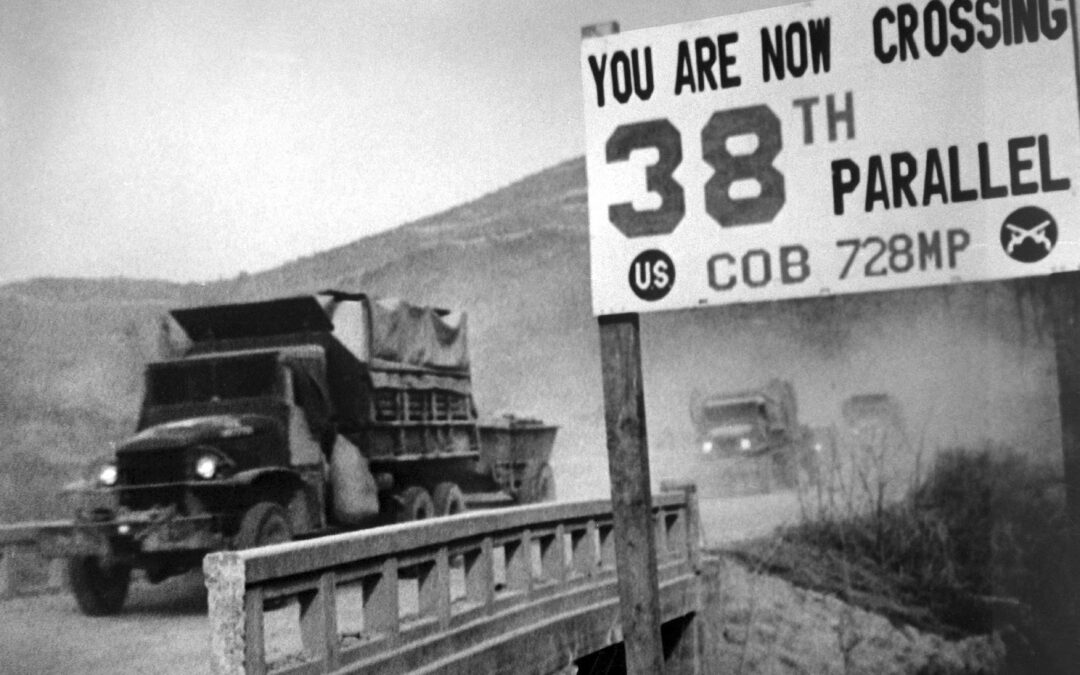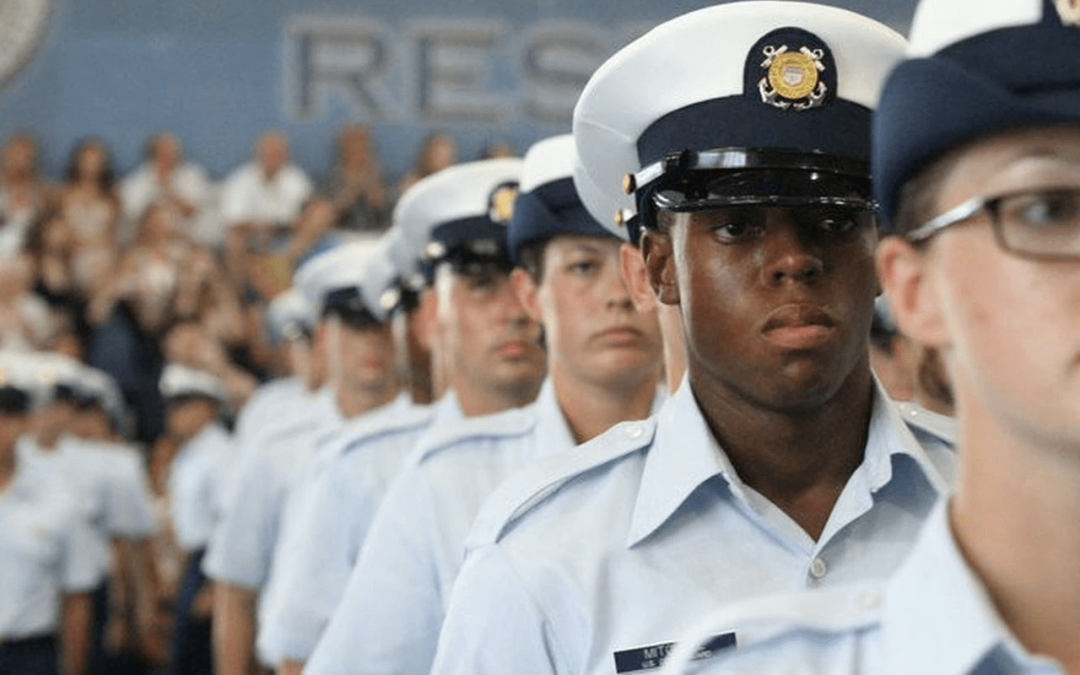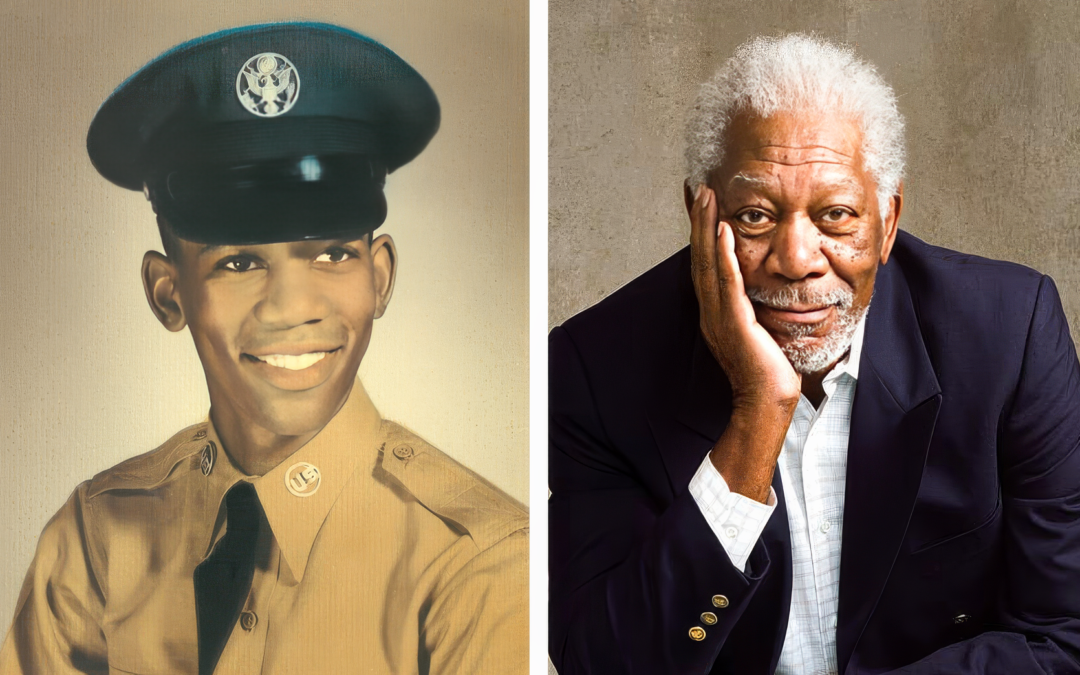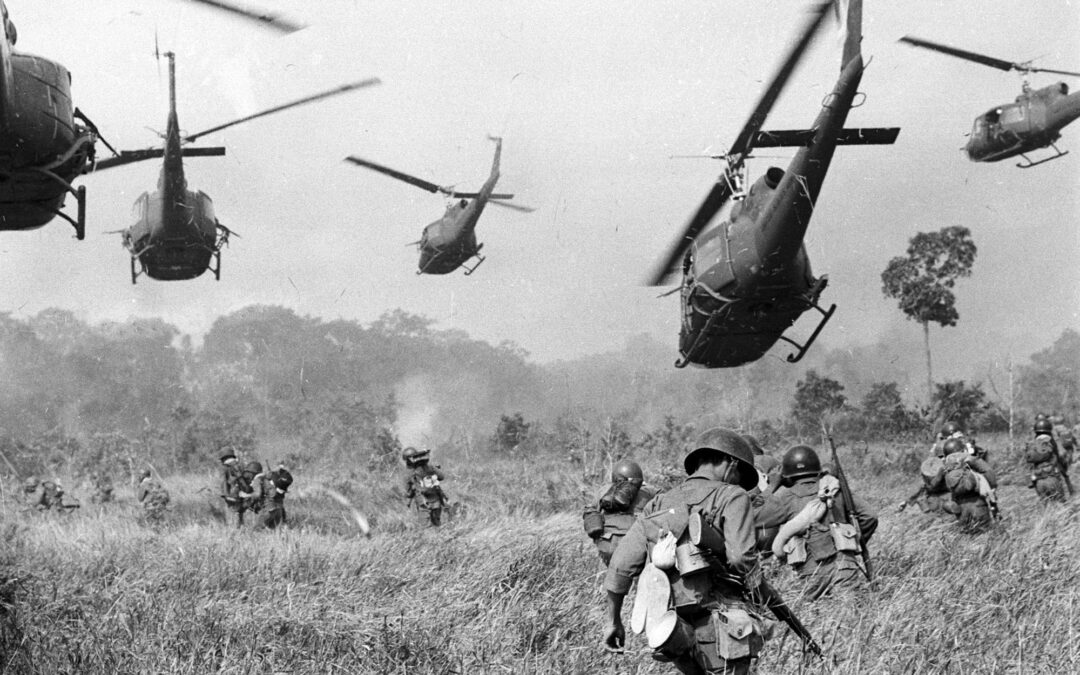Every veteran has a unique and interesting story to tell. Many of us are plucked out of our lives in the United States and sent to join our chosen branch of service, where we often travel around the country and around the world, engaging our senses in a series of new experiences. Air Force veteran Buck Cole is one of us. Cole is not only a veteran; he's a retired history teacher, which gives him a unique perspective on what to teach us about the lessons he's learned and - more importantly - how to go about teaching us. As a veteran who served during the Cold War, he will tell you he was never stationed in a war zone and his only taste of combat came in the form of a bar fight with a sailor in the Philippines. One day, Cole watched a retired Army colonel give a Veterans Day speech to a group of middle schoolers. The colonel spoke in grand "platitudes" about moral conduct, sacrifice, and honor. A great concept for a Veterans Day speech, Cole thought, but not something that would...











